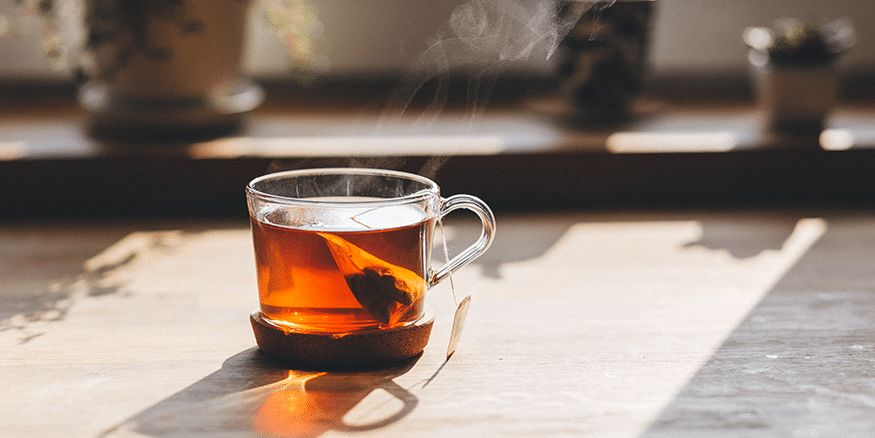
Not All Teas Created Equal
Studies have shown that drinking tea helps in the fight against cancer, heart disease, inflammation, and other illnesses, but findings reveal that at least one antioxidant component of tea – catechin – varies widely among brands.
Researchers at the University of California Los Angeles Center for Human Nutrition found a strong variation between 20 different brands of tea tested. A sampling of the measured catechin content of a variety of green and black teas that were brewed for about 3 minutes each:
Tea |
Catechin Content |
| Celestial Seasonings Green Tea | 217 mg |
| Lipton Green Tea | 201 mg |
| Bigelow Darjeeling Blend (black tea) | 164 mg |
| Uncle Lee’s Green Tea | 157 mg |
| Stash Premium Green Tea Decaf | 53 mg |
| Twinings Earl Grey Black Tea | 46 mg |
| Bigelow Constant Comment (black) | 38 mg |
| Bigelow Constant Comment Decaf | 10 mg |
| Lipton Lemon Iced Tea | not measurable |
| Snapple Peach Iced Tea | not measurable |
Both black and green tea are derived from the same plant but are processed in different ways, which may account for some of the differences in antioxidant levels. Black tea makes up 80% of the tea consumed in the USA. Green tea is commonly thought to have more antioxidants than black tea. While this was often the case, there were significant exceptions.
A tea that contains trace amounts of antioxidants may yield vastly different health results from one that is loaded with them. Some companies promote their products as containing antioxidants, but without appropriate labelling it is another case of consumer beware!
Other significant antioxidant components not looked for in this study are flavonoids and thearubigins.

